Mudra Science Therapy
Explore the range of services we provide to empower your brand and business.
Explore the range of services we provide to empower your brand and business.




Mudra is a term with diverse meanings. It signifies a gesture, a mystic position of the hands, a seal, or even a symbol. Though mudras are largely associated with hand gestures, there are eye positions, body postures, and breathing techniques also that are called Mudras.
The word Mudra represents gesture or attitude. Mudras express psychic, emotional, devotional, and aesthetic gestures or attitudes. Yogis have experienced Mudras as a behaviour of energy flow, to link individual pranic force with universal or cosmic force. The Kularnava Tantra traces the word Mudra to the root mud indicating delight or pleasure, and dravay, the causal form of dru, which implies to draw forth. A seal, short cut, or circuit bypass are also commonly termed Mudra.
Mudras are a combination of a set of subtle physical movements that alter mood, attitude, and perception, deepening awareness and concentration. A mudra may include the whole body inmudra a combination of asana, pranayama, bandha, and visualization technique, or it may be an easy hand position.
The Hatha Yoga Pradipika and numerous other yogic texts mention Mudra to be a Yoganga — an independent branch of Yoga, that requires a very subtle awareness. Mudras are higher practices that lead to the awakening of the pranas, chakras, and kundalini, which can reward the practitioner with major siddhis or psychic powers. It is preferred to introduce the subject of Mudra only after some proficiency in Asana, Pranayama, Bandha, and cleansing of gross blockages in the physical body.
Lord Shiva was said to be the first exponent of Mudras. According to tantric texts, he revealed this abundant knowledge to Devi Parvati. This signifies that knowledge is not easily accessible even to the Gods. Only a clear and undisturbed mind can practice Mudra and attain its full benefits.
Those practitioners who are disciplined, devoted, deserving can master it.
Throughout ancient times, several religions around the world have used mudras during prayer and worship rites. Mudras are discussed in Tantra Sastra, Upasana Sastra, and Nrithya Sastra. They are innately used for worship while offering prasad, flowers during a pooja, pranayama, and asana. They have appeared in varying religions and traditions including Hinduism, Buddhism, Christianity, Egyptian hieroglyphics, Tantric rituals, Roman art, Asian martial arts, Taoism, and Indian classical dance.
Since ancient times, the science of Mudra is deemed as a very enigmatic subject closely guarded by ancient Rishis, Saints, and Mystics. As a result of this secrecy, many aspects of its science are no more in our reach.
Modern medicines are double-edged swords. They have an immediate impact but can produce side effects too. They are very expensive whereas, mudra therapy is cost-free, has no side effects, and is easy to comprehend.
Mudras are an excellent alternative therapy.
Mudras are tremendously therapeutic and also effective in preventing ailments.
Mudras act naturally, are simple and gentle, and work on regaining our health without any difficulties.
There are no ultra-sophisticated instruments involved in using Mudras.
Mudras, being universal, can be performed anywhere, anytime, and by anybody.
All kinds of illnesses, simple or serious, can be cured by Mudras.
By performing Mudras, one can utilize time profitably and attain radiant health.
Mudras even help semi-conscious or unconscious people.
Copyright 2025, Spiritual Wellness All Rights Reserved.
